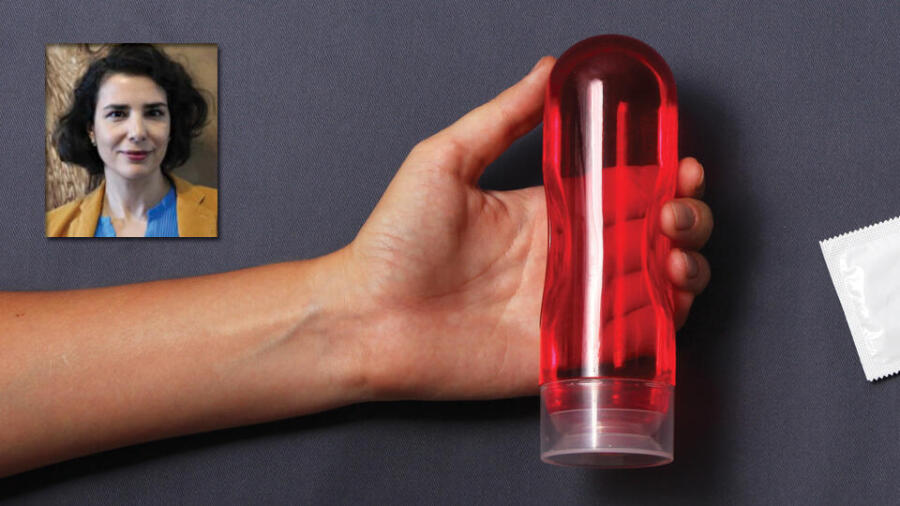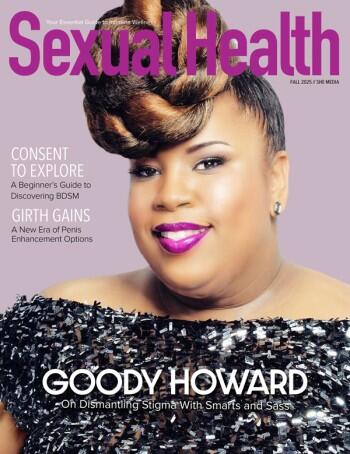Not all lubes are right for all bodies. What may be a great lube for your best friend could be not so great for you. Buying a lubricant is like buying a face cream. You need a hydrating cream that is good on wrinkles, and so does your best friend. But you have combination skin and need SPF, and he has a serious problem with clogged pores... Obviously, you are not going to buy the same face cream. Your needs are the same, but your faces are different.
We need to treat lube the same way. Two people might need a good water-based lube for use with toys but that’s where the similarity ends — why would they both buy the same lube? Our bodies are different. Our lubes should be, too.
Our bodies are different — our lubes should be, too.
I think as an industry, we understand the concept of “this lube is good for anal” or “this lube is great for sensual massage,” but we come up short when it comes to, “this lube is good for people who are susceptible to allergies” or “this lube is good for people with celiac” or “this lube helps with vaginal dryness.”
Considering the oceans of brands and products out there, there should be no trouble helping your customer find the lube that is right for their needs. Here are four easy rules for lube:
1. If you can’t find the ingredient list — don’t offer that lube to your customers!
2. Don’t buy any lube that has ingredients you wouldn’t want in your body. The inner walls of vaginas and colons absorb everything.
3. If your customers are sensitive to allergens, pay attention to ingredients that might cause allergic reactions, like fancy botanicals or PEGs.
4. If the customer is prone to yeast infections, pay attention to ingredients that raise osmolality (like propylene glycol or propanediol).
Here is a quick primer on how to read an ingredient list:
Ingredients are required to be listed in decreasing order. In other words, the majority of what is in the tube/bottle/tub is whatever is listed first. Usually the first and second ingredients make up 90-98 percent of the volume. The rest of the ingredients are added in minute quantities.
Examples of small amount equal safe ingredients include: Potassium sorbate, a common artificial preservative, is caustic and can cause skin irritation in large quantities, but in volumes up to 0.5 percent, it is totally innocuous. When it is listed as one of the last ingredients — no need to worry.
Propylene glycol is also fine in small quantities. Anything below 5 percent should not raise your lubricant’s osmolality to dangerous levels, but if you see it as the first or second ingredient in your lubricant, you should definitely beware.
If you don’t know what an ingredient is, do a web search. (On the EXSENS USA website we have put together a Sex Lube Ingredient Glossary, which covers many of the usual ingredients you can find in most lubes.) Make sure you are A-OK with every ingredient. Some of the scary-sounding ones are completely harmless; some of the more common ones are pretty gross. Also, a word to the wise:
If a customer needs to change lubes, or buys a lubricant that they don’t like, check out the ingredient label before suggesting another lubricant to them, and compare the old against the new to ensure that you recommend them a different formula.
With just a small amount of effort, we can totally up our lube game, both for ourselves and for our customers. Knowledge is power and everything you need to know is as close as your smartphone. So, what are you waiting for?
Happy lubing!
Rebecca Pinette-Dorin is the North American Brand Manager for Exsens.








